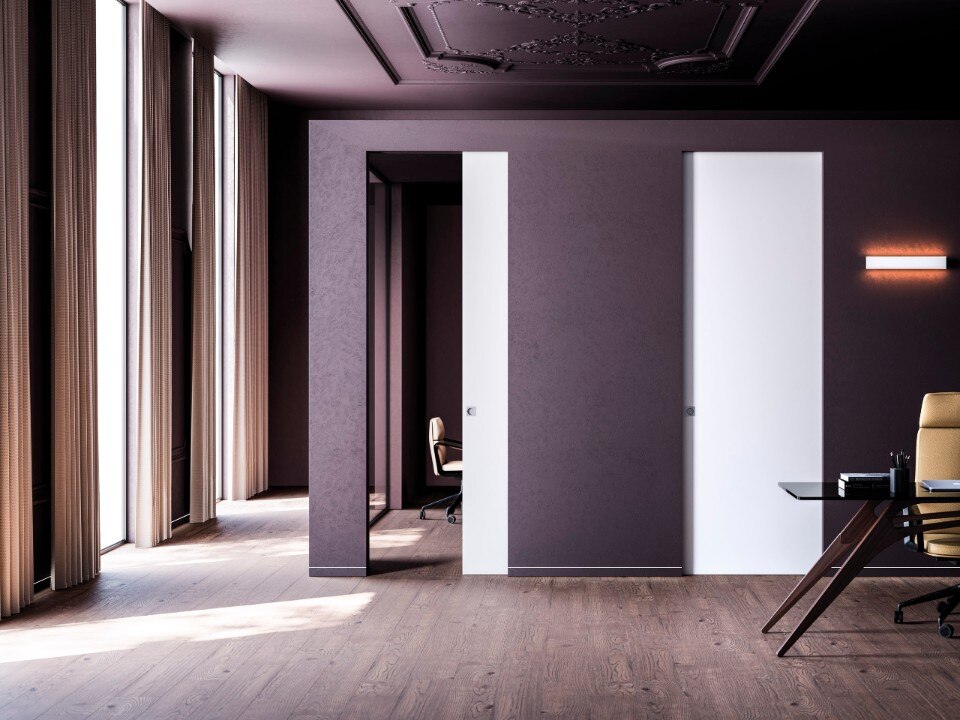
The installations in Venice can be observed from the standpoint of precisely this contrast between empathy and distance. Particularly soly the many that are drawn up on the front of migratory phenomena. Indeed, given the upset in geopolitical equilibriums of recent years, whatever Mediterranean hinterland we look at today – European, Middle Eastern or North African – we encounter spheres that call on architecture’s help: building shelters for refugees, rethinking primary reception centres oran cushioning the urban shocks triggered by a new influx of foreigners.
Germany is a prime player on this stage. It is the country that went strongly against the trend in the rest of Europe when, in the autumn of 2015, it gambled on the possibility of transforming immigration – one of the greatest upheavals in history – into an economic lever that could counterbalance an otherwise inevitable population decline in coming decades. Can German cities withstand the impact? This is the question asked by “Making Heimat”, the pavilion curated by Peter Cachola Schmal, Oliver Elser and Anna Scheuermann of the Deutsche Architekturmuseum in Berlin.

The exhibition centres on the concept of the Arrival City. That is to say, the first place where migrants come into contact with an urban space. The Arrival City may be superimposed on an existing district without altering its topographical appearance or it may become a new physical presence, taking the form of settlements such as slums and favelas.
This narrative category is borrowed from journalist Doug Saunders’ research. In his book Arrival City, 2011, Saunders mapped our different immigration areas – from Neukölln in Berlin to Peckham in London, Cidade de Deus in Rio de Janeiro and Dharavi in Mumbai. Although his term does not refer to a single country, the fundamental idea is that the Arrival City will, in the future, be increasingly key to German urban development.

Assisting with the creation of the pavilion, Saunders suggested eight arguments that convey the concept via pragmatic observations containing a touch of the Jane Jacobs. Among other things, the Arrival City is “A city within a city”, “Close to business”, “Informal” and “On the ground floor” – definitions highlighting self-organisation, solidarity and entrepreneurial ferment, as too a constant swaying between legality and illegality. Only one of the arguments is prescriptive in nature: “The Arrival City needs the best schools”. The others seem to suggest that observation – from the due distance – is the step that must precede every judgement or project.
Saunders’ slogans are clearly printed in the spaces of the pavilion in the Giardini, which, notably, has no doors or internal partitions. In fact, all the existing ones have been knocked down. This decision, symbolising the intention to open boundaries, must be recognised as sincere and praiseworthy. Nonetheless, it is hard to be captivated by the noble gesture in the face of a clear disparity between the architectural representation and the geopolitical reality.


The Architecture Biennale, founded in 1980, is a product of the Post-Modern mood and of a widespread disillusioned/ironical opinion on the capacity of politics to counter market forces. Compared with the past, we are seeing a gear shift this year. However, but, if the climate of commitment and general lack of cynicism in the edition directed by Alejandro Aravena speaks of a re-found faith in the ability of architects to condition history once again, it also offers a vision of the world still firmly dominated by nation states.
Two decades ago, addressing the difficult choices linked to Serbia, Croatia and Turkey’s EU integration, the great historian John Pocock wrote: “These are not decisions to be taken by the market, but decisions of the State, and they are revealing clearly enough that ‘Europe’ is still a composite of states whose historically formed interests give them non-identical attitudes towards the problems of ‘Europe’ and its borderlands.” Published in 1994, a time of infatuation with the theories of Francis Fukuyama on the end of history, Deconstructing Europe claimed that history still had work to do. It also warned that this was not “a cheering prospect”.


Eclisse: when invisibility art shakes up interior design
A leader in manufacturing pocket door frame systems, Eclisse redefines the concept of living space. Through solutions like Syntesis Line, the company transforms doors into continuous design elements.








